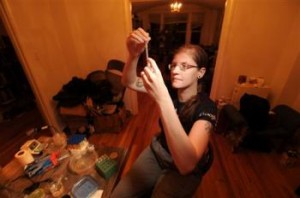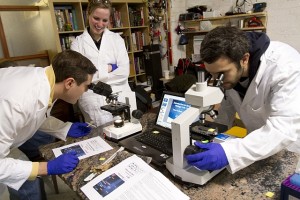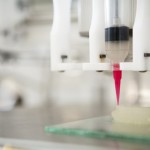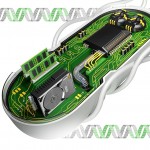Hackers
The computer revolution isn’t just similar to the genetic revolution, it has also managed to inspire the genetic revolution significantly. One such inspiration is the concept of “hacking”. In the 70s and 80s, when computers were finding their ways into businesses and eventually into people’s homes, a wave of new enthusiasts arose – hackers. Hackers are tinkerers, they took computers and made exciting things with them in their garages. Many of the greatest companies in computing would eventually arise from these hacker groups, the likes of Microsoft, Apple, and Google all have their roots in hackers.
Synthetic biologists have been inspired by this and have taken up a new wave of hacking – biohacking. Biohacking is very much the same as normal synthetic biology, but it is being done by amateurs and hobbyists, people who don’t have deadlines and don’t need to immediately monetize their products. DIY Biology is a movement to get people of all sorts interested in synthetic biology, and already hundreds of groups around the world have set up small public labs (or hackspaces) where people can come and tinker with life itself.
Citizen Scientists
There are of course differences between computer hackers and biological hackers. For one thing, biology is messy and not quite as easy to do in your own home. You need a lab (of sorts) to do biology, and when it comes to genetic modification – proper containment and protocol is important. This is why such an emphasis on controlled public spaces is key – its not feasible for people to run labs out of their garages, not on a large scale.
Another difference is the intrinsic link to science which synthetic biology has. Science is the start of all genetic engineering as well as being a necessary by-product. This is a good thing, as it means biohackers are effectively citizen scientists. Many people see biology hackspaces as places where the public can engage with synthetic biology, learn about it, and conduct crowdsource style science – contributing to our understanding of the world.
If you are interested in joining a local DIY Biology group, or want to set up your own check out the DIYBiology website.
| Previously – The Genetic Revolution | Next Up – Designing the Future |















